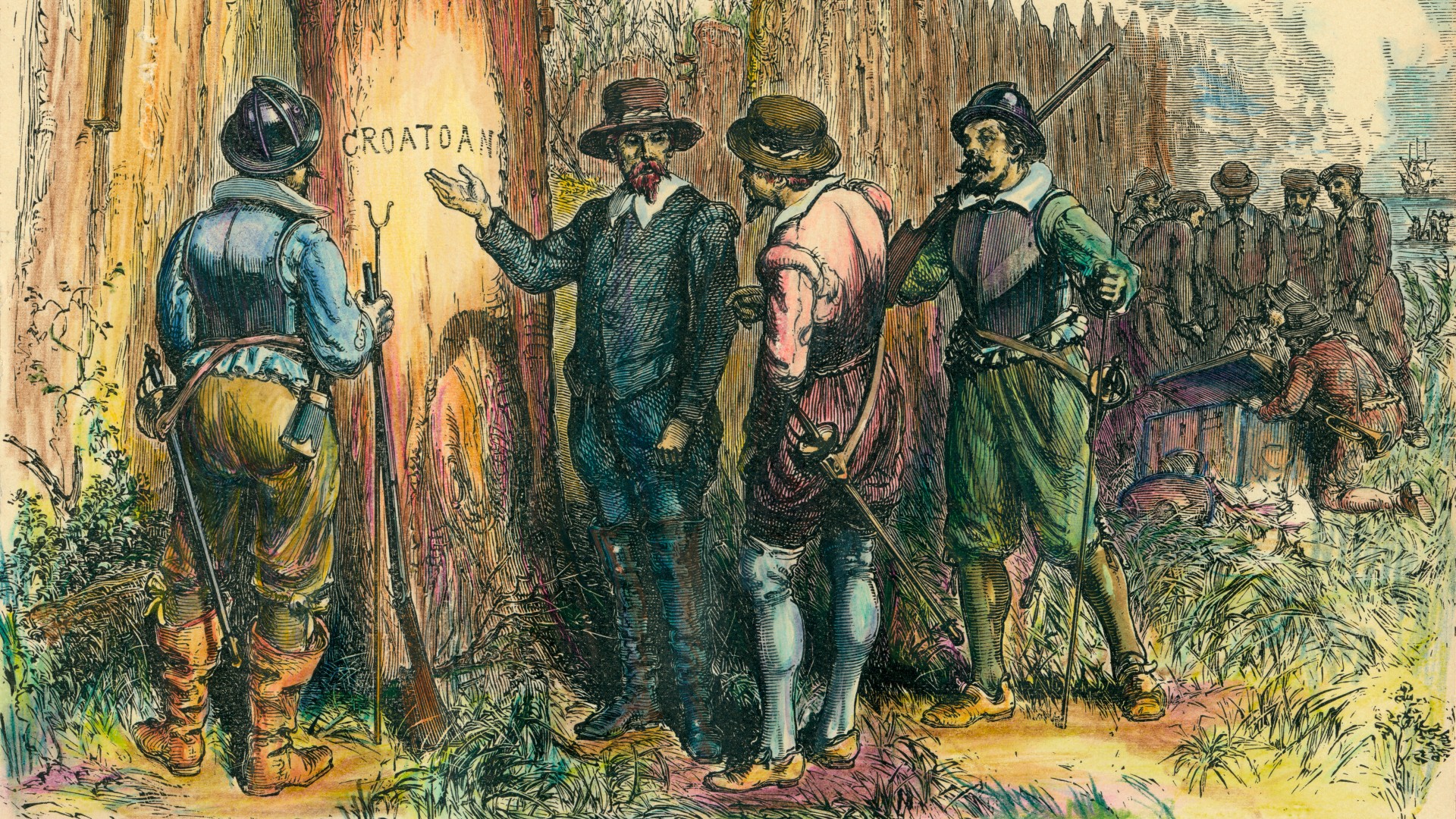The Mysterious Disappearance of the Roanoke Colony: What Happened to America's Lost Colony?
The Unsettling Disappearance of Roanoke’s Settlers
In 1587, more than a hundred English settlers arrived on the shores of Roanoke Island, in what is now North Carolina, to establish a new colony. But when a supply ship returned in 1590, they discovered the entire settlement had vanished without a trace. The fate of the lost Roanoke Colony remains one of the most enduring mysteries in American history.
The Roanoke Colony: A Brief Background
Established by Sir Walter Raleigh under the authority of Queen Elizabeth I, the Roanoke Colony was England’s first attempt to establish a permanent settlement in the New World. Led by Governor John White, the settlers aimed to create a foothold in the Americas for trade and defense against the Spanish.
Arrival on Roanoke Island
The 1587 expedition consisted of 117 settlers, including men, women, and children. They arrived on Roanoke Island in July and began to construct their new settlement. Governor White soon realized they were short on supplies and returned to England to gather more.
The Supply Ship’s Return
White’s return to Roanoke was delayed by the Anglo-Spanish War. It wasn’t until August 1590, three years after the settlers’ arrival, that he was able to return with a supply ship. Upon his return, he found the colony deserted and the word “Croatoan” carved into a wooden post.
Theories on the Disappearance of the Roanoke Colony
Numerous theories have been proposed to explain the settlers’ disappearance, but none have been proven definitively.
Integration with Native Tribes
One theory suggests that the settlers, facing starvation and hostile native tribes, abandoned Roanoke and integrated with the nearby Croatoan tribe. This is supported by the “Croatoan” carving and later reports of native tribes with European features and customs.
Drought and Starvation
Researchers have found evidence of a severe drought in the area during the time the settlers were on Roanoke Island. It’s possible that a lack of food and water forced the colonists to leave and seek more favorable conditions elsewhere.
Hostile Native Encounters
Another theory posits that the settlers were killed or captured by hostile native tribes. Some researchers believe that the settlers might have been victims of a native uprising, as tensions between the English and the natives were high.
The Spanish Connection
During the time of the Roanoke Colony, England and Spain were locked in a struggle for supremacy in the New World. It has been theorized that Spanish forces, stationed in nearby Florida, discovered and destroyed the English colony.
Archeological and Historical Evidence
While no definitive evidence has been found to confirm any of these theories, several archeological and historical discoveries have provided tantalizing clues.
The Dare Stones
In the 1930s, a series of engraved stones were found, supposedly detailing the fate of the colonists. The first stone, discovered in North Carolina, was believed to be written by Eleanor Dare, John White’s daughter. It claimed that the settlers faced hardship and many died.
Is the Croatoan Tree still standing?
Unfortunately, the tree that once bore the partial carving “Cro” discovered by John White no longer exists. However, the complete carving of “Croatoan” was found on a fort post within the Roanoke Colony.

